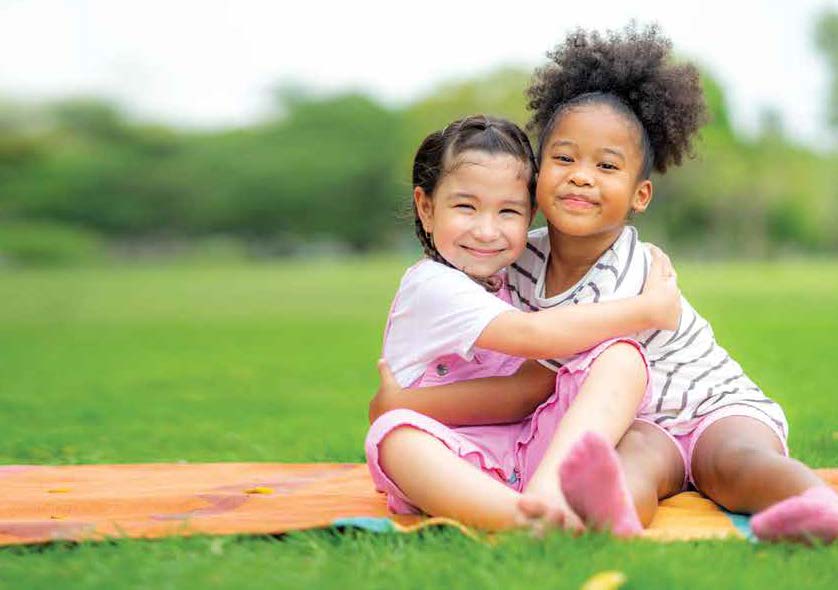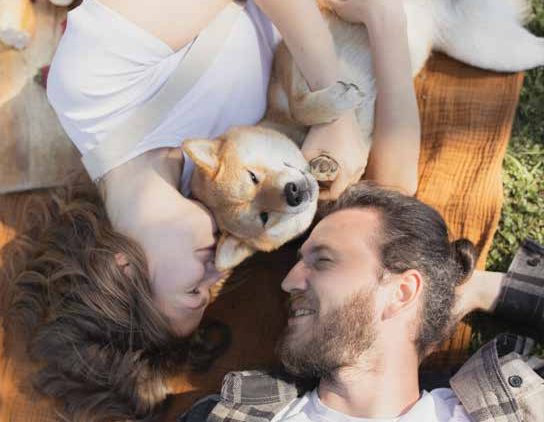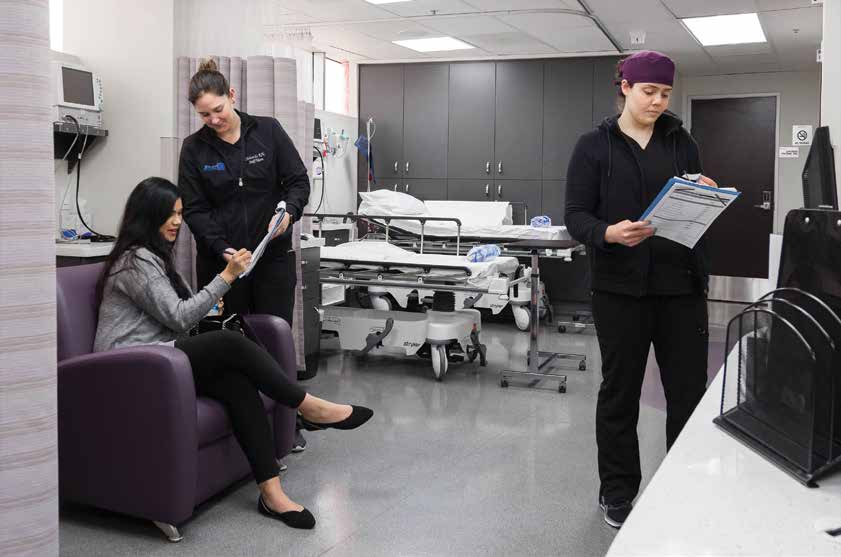
In the time of COVID, greetings are no longer hugs. An “elbow bump” is the preferred pandemic greeting. While avoiding close contact with others is one of the key measures to prevent virus spread, the irony is we probably need more hugs now than ever before. It’s a sad world when we lose the human connection of a touch or a hug. Hugging can improve our mood and mental health and keep us from feeling lonely. We hug others when we’re excited, happy, sad, or trying to comfort them. Hugging, it seems, is universally comforting. It makes us feel good. And it turns out that hugging is proven to make us healthier and happier. Some children are natural huggers, so we have to make sure we teach them what is okay these days. As a matter of fact, January 21st is National Hugging Day. We are not telling you to go crazy but make sure to get at least one hug that day, even if from a family member.
Pediatric doctor Tanya Altman says, “Hugging can be important for kids, and even during the pandemic, it can be done as a very low-risk activity. You can hug outdoors and you can hug masked and/or with heads turned in different directions—whatever makes you most comfortable. Adults can also hug young kids from above so the kids’ faces are near your stomach. There are many options for safe COVID hugging for all!”
When a friend or family member is dealing with something painful or unpleasant in their lives, showing your support with a hug not only lowers blood pressure but also reduces stress. Hugs can make us happier. Oxytocin is a chemical in our bodies that scientists sometimes call the “cuddle hormone.” This is because its levels rise when we hug, touch, or sit close to someone else. Oxytocin is associated with happiness and less stress. Hugs help reduce our fears, and scientists have found that touch can reduce anxiety in people with low self esteem. Hugs help us communicate with others through the tightness of a good-bye hug, the welcome of a hello hug, the love we feel for one another with a passionate hug, the appreciation we feel with a thank-you hug, and the comfort of a compassionate hug.
Don’t hug anyone showing COVID symptoms or if you have any symptoms. Don’t hug a vulnerable person, the elderly, the immunocompromised, and those with other medical conditions. When hugging another healthy person, avoid pressing your cheeks together; instead, turn your face in the opposite direction. Also, wearing a mask indoors helps.
Disclaimer: The more people you hug, the greater your risk; so, limit your hugging to those closest to you (and only if they are following the COVID safety guidelines).


